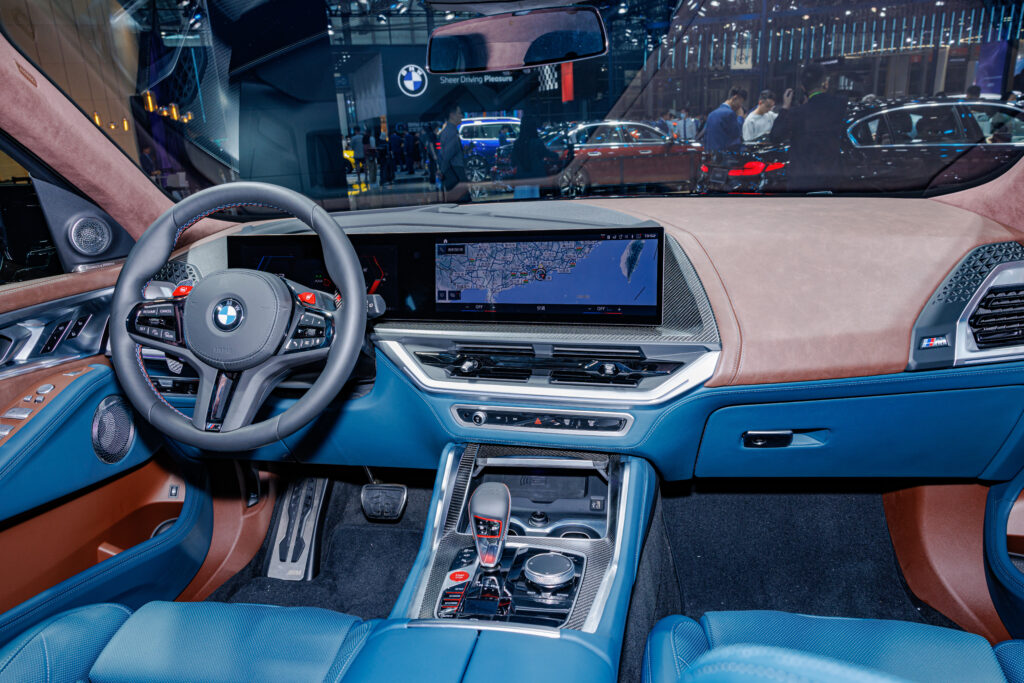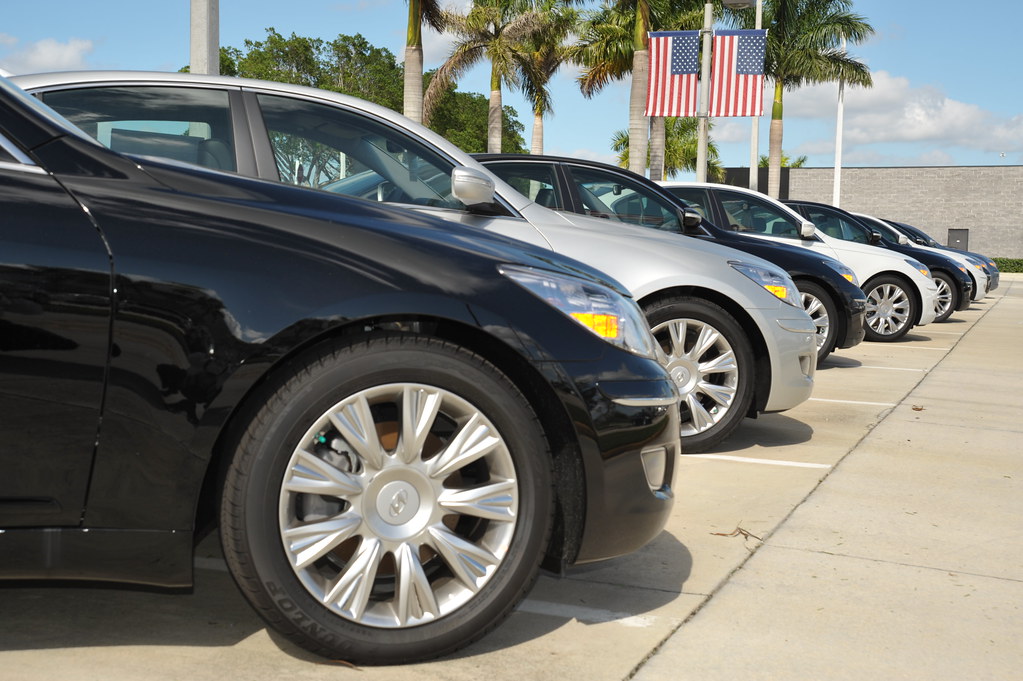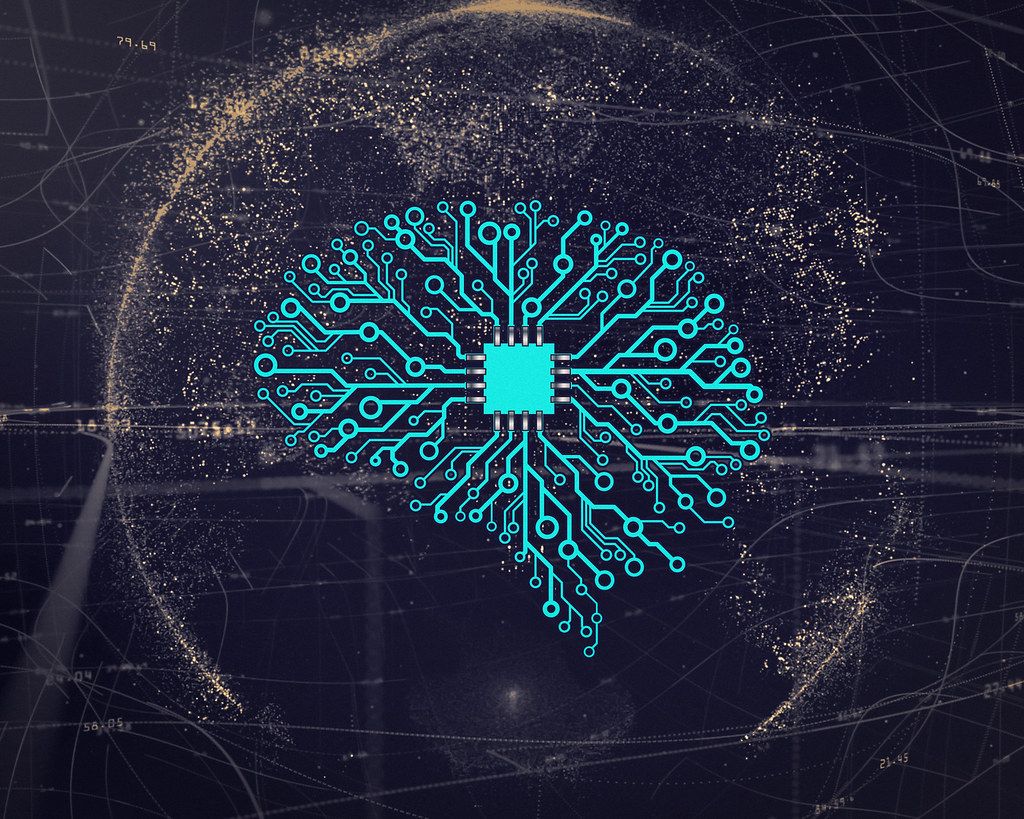
The image of a lone, enigmatic figure, emerging from the dust, seeking peace but drawn into a fight for justice, is as American as it is timeless. This is the enduring legacy of Shane, the roaming gunslinger with a heart of gold who yearns to leave his troubled past behind him. From classic Western frontiers to neon-lit urban jungles and post-apocalyptic wastes, this archetypal “tough cookie” has captivated audiences for decades, proving some stories deeply ingrained in our cultural consciousness transcend their original genre.
It’s a narrative speaking to our innate fascination with redemption, the quiet strength of reluctant heroism, and the yearning for a second chance. The Western genre famously loves an outlaw hero trying to go straight, a tradition tracing back to Shane’s capture of popular imagination in the 1950s. Something about Shane (Alan Ladd) truly struck a chord: he wasn’t merely a John Wayne-style lawman, nor inscrutable like Clint Eastwood. He embraced emotional entanglements, desiring a quiet life that fate wouldn’t grant him, becoming the progenitor of a brand embraced by diverse modern cinematic figures.
This article delves into how this powerful archetype has been deftly reimagined and recontextualized across contemporary cinema, showcasing the surprising versatility of the “tough cookie with a heart of gold” trope. We’ll explore a select group of cinematic figures—heroes and anti-heroes alike—who owe their essence to Shane. Through sharp commentary and insightful analysis, we’ll examine how these figures, from comic book mutants to futuristic terminators, continue to resonate with today’s viewers by embodying Shane’s complex blend of vulnerability, power, and moral conviction, giving this classic trope a new lease on life.

1. Logan, Logan
Few modern films explicitly invite comparison to *Shane* as directly as 2017’s *Logan*, where Wolverine (Hugh Jackman) himself watches the classic Western with his young charge, Laura. This isn’t merely homage; it’s profound thematic acknowledgment. The film grapples with the finality of death and the immense, scarring toll that witnessing and causing death takes on an individual, even those considered “good guys.” Logan, much like Shane, carries a visible and visceral burden from his violent history, whose devastating effects are keenly felt in his present.
Logan’s scars are a grim testament to a life lived on the brutal edge, physical manifestations of countless battles, and invisible emotional wounds inflicted by his choices. It becomes difficult to discern whether he’s more damaged by what he’s done or by what he’s endured. This mirrors the mystery surrounding Shane’s dark past; while its specifics are unknown, its immediate impact is clear, as seen in his instinctive, lightning-fast draw. Logan’s weary reflexes and pain-etched demeanor speak volumes about a life he desperately wishes to escape.
*Logan* also poignantly echoes the fatherhood themes at the heart of *Shane*. The title character reluctantly, almost gruffly, provides guidance to Laura (Dafne Keen), a child who, much like Joey Starrett, latches onto him with an undeniable need for protection and belonging. While Shane, with his gentle smiles, appears more open to emotional connection with the Starrett family, Logan is initially far more resistant, his gruff exterior a fortress against further emotional pain.
Yet, despite their differing initial approaches, both men are ultimately compelled to contend with the profound responsibility of parenting a child they didn’t raise, a child old enough to begin emulating their actions. Logan’s journey with Laura becomes a desperate, violent, yet ultimately tender narrative of protection, sacrifice, and the search for a safe haven—a direct and heartbreaking lineage from Shane’s quiet guardianship. The film explores what it means to be a hero when your past is indelible and your future uncertain, resonating with Shane’s complicated moral landscape.
Read more about: Remember These? A BuzzFeed Blast from the Past: 15 Retro School Snacks We Miss So Hard!
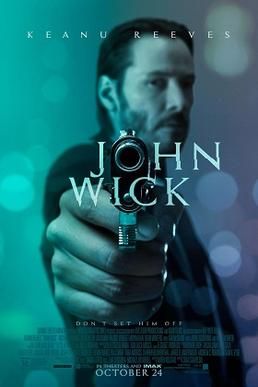
2. John Wick, John Wick and John Wick 2
If there’s a modern cinematic tough guy who embodies the Shane archetype with uncanny precision, it might be John Wick (Keanu Reeves). Wick, like Shane, has absolutely zero interest in being cool or impressing anyone, despite his perpetually cool suit, cool car, and a weapon that, as Joey says of Shane’s, undoubtedly “goes with him.” His quiet demeanor and lethal efficiency speak of a past he desperately wants to keep buried, a life he consciously chose to leave behind.
Wick’s desire for a quiet, settled existence is perhaps his most Shane-like trait. He doesn’t acquire stray children, but becomes a surprise dog parent when his wife leaves him a puppy for companionship before her passing. This small, furry friend symbolizes his yearning for a gentle, ordinary life, mirroring Shane’s aspiration to leave gunslinging and help on the Starrett farm, seeking solace in domesticity and honest labor. Both men envision a future where their violent skills are unnecessary, where peace is a tangible reality.
However, the cruel demands of a world he thought he’d escaped conspire to pull John back into his dangerous former life. Initially, it’s a brutal quest for revenge for his puppy’s murder, a deeply personal catalyst. Later, a former colleague calls in a blood oath, pulling him deeper into the game he tried to quit. The films subtly suggest John has had enough of killing, that immense financial rewards no longer motivate him.
This moral weariness directly parallels Shane’s rejection of material gain. When Ryker offers to double Starrett’s pay to join his side, Shane resolutely turns down the offer, his principles overriding monetary temptation. For both Shane and John Wick, the fight isn’t about profit or power; it’s about a deeply ingrained personal code, a sense of justice, or, in John’s case, reclaiming the peace violently stolen. They are men driven by an internal compass, not external incentives, bound by a past they cannot fully escape but strive to atone for.
Read more about: Beyond the Veil of Normalcy: Unmasking 14 Infamous Serial Killers and the Chilling Secrets of Their Crimes
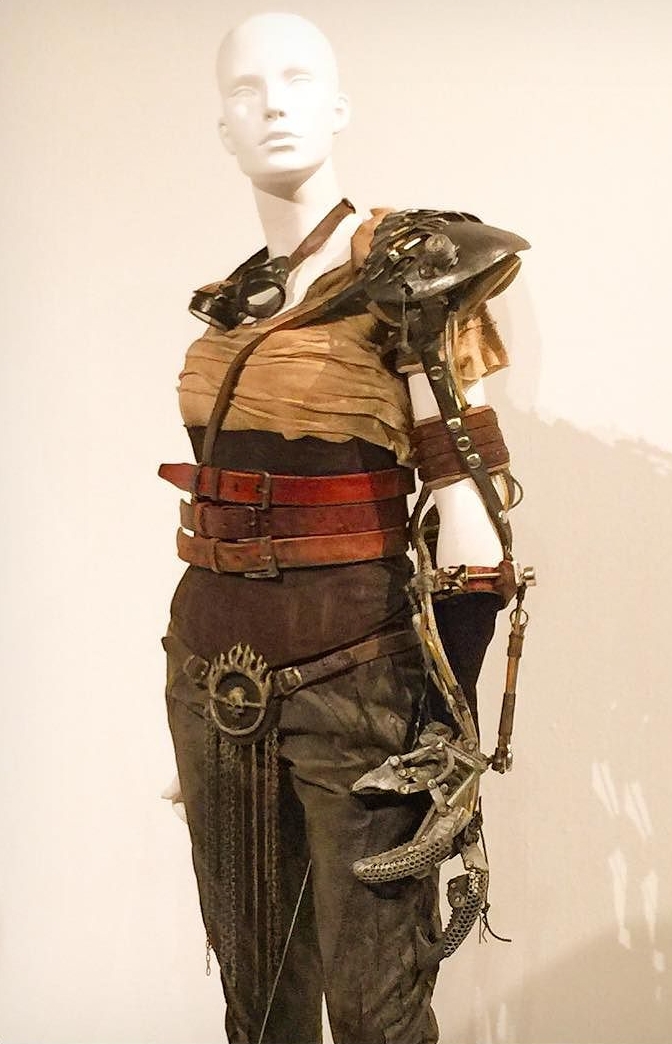
3. Furiosa, Mad Max: Fury Road
While Charlize Theron’s *Atomic Blonde* offered a formidable modern warrior, it’s her portrayal of Furiosa in *Mad Max: Fury Road* that embodies the Shane archetype with searing intensity. Furiosa is more than a warrior; she’s a liberator and reluctant matriarch, spiriting away the “Five Wives” from Immortan Joe. Her mission to deliver them to safety effectively makes her their fierce mother figure, aligning her strongly with Shane’s protective instincts towards the Starrett family.
Furiosa actively seeks to end a tyrannical reign, to shatter Immortan Joe’s oppressive chokehold over his subjects and the wasteland’s desperate resources. This mirrors Shane’s ultimate responsibility: ending Ryker’s grip on the valley’s farmers. Both characters step up to dismantle injustice, acting as catalysts for change when others cannot or will not. Their actions transcend personal survival, aiming to free others from exploitation and restore dignity to a broken world.
Her dark and violent past is explicitly evident, symbolized by her formidable mechanical arm—a testament to past battles and losses. Coupled with the weary ease and ritualistic efficiency with which she dispatches foes, Furiosa embodies the classic “tough cookie.” She carries her history on her sleeve, much like Shane’s gunslinger reputation precedes him, an unspoken testament to the bloodshed he has witnessed and caused.
Her actions stem from immense suffering, channeled into a powerful, redemptive force. She is a woman of few words but decisive action, her motivations clear and unyielding. In her relentless pursuit of a better future for those in her care, she becomes a beacon of hope and a force of nature, driven by a personal code that transcends the lawless landscape. She is the quiet protector, whose strength is revealed not through boasts, but through unwavering resolve against overwhelming odds, a characteristic Shane understood well.
Read more about: 🤯 You’ll Never Watch These 14 Famous Movies the Same Way Again After Reading These Mind-Blowing Fan Theories!

4. The T-800, Terminator 2: Judgment Day
In *Terminator 2: Judgment Day*, the T-800 (Arnold Schwarzenegger) undergoes one of cinema’s most fascinating transformations, embodying the Shane archetype in a uniquely robotic, yet profoundly humanizing, way. While Sarah Connor (Linda Hamilton) is the film’s primary badass, it is the T-800 who embarks on a remarkable journey of learning about parenting. Sarah, hardened by experience, already possesses these instincts, but the reprogrammed Terminator must learn that parenting extends far beyond merely keeping children safe; it’s fundamentally about teaching them to make good choices and instilling a moral compass.
This learning curve for the T-800 is deeply poignant, drawing a direct parallel to the surrogate parenting dynamic in *Shane*. Just as Shane becomes a moral guide for Joey, the T-800 evolves into a protector and mentor for John Connor (Edward Furlong). The film culminates in the ultimate act of sacrifice, a moment so powerful it often brings tears to viewers’ eyes, reminding us of the emotional depth woven into this sci-fi action film. It’s a sacrifice made not out of programming, but from a learned understanding of love and responsibility, mirroring the self-sacrificial nature of true heroism exemplified by Shane.
John Connor, on the cusp of adolescence, requires more than just a protector; he desperately needs a role model and a friend. He needs someone he can confess his desires and ambitions to without being dismissed with the fear-mongering refrain of “it’s too dangerous.” This is precisely the kind of relationship young Joey Starrett yearned for with Shane, a bond offering guidance, understanding, and a glimpse into possibility. The T-800, despite his metallic exterior, fills this void for John, offering a steadfast, if initially literal, form of mentorship.
The T-800’s arc is a compelling exploration of growth and empathy, demonstrating that even a machine can internalize the core tenets of the Shane archetype. His transformation from a cold automaton to a surrogate father figure, willing to sacrifice himself for humanity’s future, underscores the universal appeal of the protector with hidden depth. He may not have a “heart of gold” biologically, but his actions, unwavering dedication, and ultimate sacrifice unequivocally prove he embodies the archetype’s spirit, resonating with the enduring human need for guidance and principled guardianship, echoing Shane’s profound impact on Joey’s young life.
The journey through the “Shane archetype” continues, revealing how this potent narrative—of a tough, principled individual reluctantly drawn into protecting the vulnerable—transcends genre, gender, and even biological form. As we delve deeper into the modern cinematic landscape, it becomes increasingly clear that the quiet strength and moral conviction that defined Shane in the dusty plains of the Old West are just as compelling, if not more so, in futuristic spacecrafts, urban battlegrounds, and the pursuit of a new, peaceful life. These next four figures demonstrate the remarkable versatility of this archetype, showcasing how contemporary storytelling reinterprets and reinvigorates this classic trope for new generations, extending the Western genre’s profound influence far beyond its traditional boundaries into neo-Westerns and global adaptations.
Read more about: “I’ll Be Back” and Beyond: The Transformative Legacy of The Terminator on Arnold Schwarzenegger’s Life and Enduring Career

5. Ellen Ripley, Aliens
Sigourney Weaver’s Ellen Ripley is undeniably a cinematic icon, a testament to toughness that has spanned the entire *Alien* franchise. Yet, it is specifically in *Aliens* where her embodiment of the Shane archetype truly crystallizes. Here, Ripley is not merely a survivor, but a reluctant mother figure, grappling with the profound personal loss of her own daughter while simultaneously and accidentally acquiring a new one in the traumatized Newt. This dual emotional burden mirrors Shane’s own unspoken suffering; though his shadowy past is never fully detailed, the context suggests a man who has experienced significant loss, driving his quest for redemption and peace on the Starrett farm. This underlying current of past suffering informs their protective impulses, making their subsequent actions all the more poignant.
Ripley’s journey with Newt is more than just protection; it’s an act of profound atonement and a reawakening of her deeply buried maternal instincts. Scarred by the horrors of the Nostromo, she is barely functioning, plagued by PTSD. However, this very vulnerability makes her the perfect de facto parent for Newt, who herself is utterly traumatized and alone. Ripley’s toughness isn’t a cold, unfeeling force; it’s tempered with an immense compassion, a desperate need to safeguard this fragile life from the horrors that threaten them both. Her resolve, born of suffering, echoes Shane’s commitment to the Starrett family, a man who, despite his dangerous past, seeks to right wrongs and protect the innocent. The compassion woven into her strength is what truly defines her heroism, setting her apart from a mere survivor.
The emotional connection forged between Ripley and Newt is the heart of *Aliens*, transforming what could have been a straightforward sci-fi action film into a poignant tale of surrogate family. Ripley’s ferocity in the face of the Xenomorph queen, her declaration of “Get away from her, you bitch!” before engaging in a desperate, hand-to-hand fight, is the ultimate expression of this protective love. It is her personal code—her deeply ingrained sense of justice and responsibility—that drives her, not simply orders or survival. This unwavering dedication to those in her care, even at immense personal risk, positions her firmly within Shane’s lineage, where principled action supersedes self-preservation and the need for a quiet life.
Much like Shane’s silent determination to defend the farmers, Ripley’s actions speak louder than any words, forging a bond that is both fierce and tender. She learns to trust again, to care beyond the immediate threat, investing emotionally in Newt’s survival as a way to heal her own wounds. Her struggle is not just against the alien menace, but against her own internal demons, making her a “tough cookie” whose strength is rooted in a compassionate core. Her role as a protector extends beyond mere physical defense, encompassing emotional guidance for a child who has witnessed unspeakable horrors, echoing the moral guidance Shane provided Joey.
This sci-fi setting allows the archetype to explore new frontiers of heroism. Ripley demonstrates that even amidst unimaginable futuristic threats, the core human desire to protect and nurture remains paramount. Her journey is a powerful testament to the universality of the “tough cookie with a heart of gold,” showing that whether the threat wears a black hat or has acid for blood, the essence of self-sacrificing, reluctant heroism endures, resonating with the enduring human need for guidance and principled guardianship that Shane first etched into our cultural consciousness.
Read more about: Sigourney Weaver, 74 and Glowing: A Red Carpet Reignition and Her Enduring Legacy at the Venice Film Festival!

6. Beatrix Kiddo, Kill Bill and Kill Bill Vol. 2
Quentin Tarantino, a director famously steeped in the lore of Westerns, explicitly infuses the *Kill Bill* films with tinges of the Shane archetype, even if the American West itself only fleetingly serves as a setting. At first glance, Beatrix Kiddo, “The Bride” (Uma Thurman), appears to be Shane’s antithesis: he seeks peace, she seeks vengeance. Yet, this initial impression belies a deeper thematic resonance. Her single-minded quest for vengeance is not an endless, all-consuming rage; it has a clear endpoint in Bill and a profound, underlying goal: to retrieve her daughter, BB. Once this ultimate objective is achieved, her desires align perfectly with Shane’s: she wants to shed her violent past and embrace a quiet, domestic life, much like Marian Starrett’s longing for a valley free of guns.
The narrative arc of Beatrix Kiddo is a brutal and bloody path to redemption, where every sword strike is a step towards reclaiming the life that was stolen from her. Her “tough cookie” exterior is forged in unimaginable betrayal and loss, yet beneath the surface lies a yearning for the normalcy of motherhood and a stable family life. This echoes Shane’s own profound desire to leave the gunslinging world behind and find solace in the simple, honest labor of the Starrett farm. Both characters are masters of violence, but their true aspiration is to never have to wield that power again, to find a peace that has long eluded them, a peace symbolized by their respective “valleys.”
A pivotal moment in *Kill Bill* directly mirrors Shane’s iconic refusal of Ryker’s offer. Bill, recognizing The Bride’s inherent nature as a born fighter, attempts to lure her back into his world, offering her a life of continued combat and purpose, using language eerily similar to Ryker’s offer to double Starrett’s pay. This temptation to remain “true to oneself” as a warrior, with or without the accompanying financial incentive, is a powerful one. However, both Shane and The Bride ultimately set aside this self-identity, choosing instead to protect the innocent and the family entrusted to their care. For Beatrix, this means sacrificing her identity as a relentless assassin for her role as a mother, choosing life and nurture over death and destruction.
Her commitment to BB is absolute, transforming her personal vendetta into a protective mission that transcends her initial thirst for retribution. Beatrix Kiddo’s evolution from an instrument of vengeance to a devoted mother highlights the Shane archetype’s ability to evolve. It demonstrates that the path to peace might be paved with blood, but the ultimate goal remains the quiet strength of guardianship and the pursuit of a life free from the very violence that defined them. Her journey is a testament to the power of a personal moral code, one that prioritizes the well-being of others above all else, ensuring the “tough cookie with a heart of gold” finds its brutal, yet ultimately loving, expression.
This connection to classic Western tropes, despite the film’s genre-bending aesthetic, underscores the timelessness of the narrative. The Bride’s struggle to reconcile her violent past with her desire for a peaceful future as a mother provides a sophisticated commentary on the costs of vengeance and the possibility of redemption, themes deeply ingrained in the Western genre’s exploration of morality and justice. She epitomizes the “outlaw hero who’s trying to go straight,” not through legal means, but through a deeply personal reckoning that resonates with Shane’s own complicated moral landscape.
Read more about: From Screen Sirens to Super Warriors: Actresses Who Mastered Extreme Physical Transformations for Unforgettable Roles
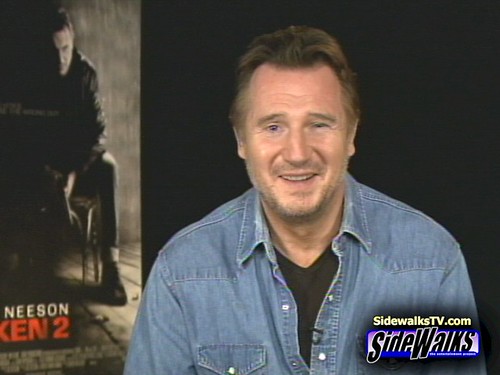
7. Bryan Mills, the Taken films
Liam Neeson’s Bryan Mills in the *Taken* films offers a compelling, albeit hyper-modern, take on the Shane archetype, proving that the quiet tough guy can thrive even when armed with cell phones and tactical gear instead of six-shooters. It takes a truly exceptional actor to make a name like “Bryan” synonymous with an unstoppable force, but Neeson achieves it, solidifying Mills as a prime example of a reluctant hero. Like The Bride, Mills is propelled into action by a rescue mission, a desperate race against time to save his kidnapped daughter. And much like John Wick, he is a man who desperately yearns to escape the dangerous, shadowy life that forged him into such a formidable fighting machine.
What defines Bryan Mills, and firmly roots him in Shane’s legacy, is his profound reluctance to engage in violence coupled with his terrifying efficacy once pushed beyond his limits. He is not a man who seeks out conflict; rather, the “evil of the world forces him to dust off his ‘particular set of skills’ and use them in the service of his family.” This activation of dormant, lethal capabilities, only when absolutely necessary to protect what he holds dear, directly mirrors Shane’s ultimate, decisive intervention against Ryker. Shane, too, only draws his gun when all other avenues for peace are exhausted, becoming an unstoppable force for justice when his chosen family is threatened.
Young Joey Starrett, with his uncanny perception, instinctively senses this formidable power in Shane, eagerly asking him to teach him to shoot and questioning his father if Shane could “lick” him in a fight. This youthful idealization of an infallible hero, capable of overcoming any threat, finds its full, thrilling realization in Bryan Mills. Mills is the embodiment of the hero Joey believed Shane to be—a man who, when the chips are down, will stop at nothing to protect his loved ones, operating with an unwavering moral compass in a world that often lacks one. His actions, while brutal, are always in service of a higher, deeply personal form of justice, making him a truly formidable presence.
Mills’ “particular set of skills” are not for show; they are instruments of absolute protection, deployed with precision and ruthless efficiency. He is a man of few words, his determination etched in his steely gaze and unyielding pursuit. The *Taken* films, despite their modern setting, present a clear moral landscape where Mills stands as the unwavering force for good against unspeakable evil, a direct descendant of the Western hero who, against his own desires, rides into the fray to ensure justice prevails. His narrative reinforces the timeless appeal of the ordinary man forced to become extraordinary, wielding hidden power to protect his family, embodying the “tough cookie with a heart of gold” trope in a visceral and undeniably modern way.
The continuous reinvention of the Western hero, even in the guise of an ex-CIA operative in Paris, speaks volumes about the enduring power of the archetype. Bryan Mills is a modern cowboy, navigating a globalized world of human trafficking with the same unwavering moral code and individual resolve that defined the classic gunslinger on the frontier. His journey highlights how the essence of the Western—justice, protection, and the lone individual against overwhelming odds—can be seamlessly transplanted into contemporary thrillers, proving that the spirit of Shane is alive and well, kicking ass across continents.
Read more about: Get Ready for Payback: The 19 Best Revenge Movies of All Time

8. Léon, The Professional
Of all the characters we’ve explored, Jean Reno’s Léon in *The Professional* presents perhaps the darkest and most morally ambiguous, yet utterly compelling, interpretation of the Shane archetype. Uniquely, Léon is not a man trying to escape his past; he is very much “in the business” of being a hitman. However, it is the unexpected arrival of his new charge, the precocious and traumatized Mathilda (Natalie Portman), that ignites within him the desire to leave his violent profession behind. Her innocence and desperate need for protection become the catalyst for his own yearning for a different, cleaner life, a subtle but powerful echo of Shane’s quiet aspirations for domesticity on the Starrett farm, even if that yearning feels almost unattainable for someone like Léon.
The dynamic between Léon and Mathilda is a haunting reflection of Shane’s mentorship of Joey. Léon trains Mathilda in his “profession,” teaching her the brutal tools of his trade—how to handle a gun, how to strategize for revenge. This sharply diverges from Shane’s lessons to Joey, which were about self-protection and understanding the gravity of firearms. Léon, by contrast, is equipping his young charge to follow in his bloody footsteps, offering a stark, darker vision of surrogate parenting. Yet, in this grim instruction, there is also a profound respect: Léon treats Mathilda like an adult, allowing her to choose her own path rather than imposing his will with a dismissive “because I said so,” recognizing her agency born from trauma.
This unusual mentorship highlights a key, often unspoken, aspect of the Shane archetype: the adult hero with a violent past who, by virtue of his experiences, has forfeited the right to dispense conventional discipline. Instead, he must be content with being truthful, allowing his own life to serve as a cautionary tale. Léon, with the blood of countless contracts on his hands, cannot preach morality in the traditional sense. His guidance to Mathilda is raw and honest, exposing her to the harsh realities of his world while simultaneously—and perhaps paradoxically—trying to protect her from its ultimate corruption. His actions, though violent, are increasingly motivated by a protective instinct that deepens into a paternal love.
The film boldly explores the uncomfortable truth that sometimes, the only way a hardened protector can guide a child through a dangerous world is by showing them the very tools of that danger, hoping they choose a different path when their time comes. This makes Léon a deeply conflicted character, a man whose “heart of gold” is buried beneath layers of professional detachment and a lifetime of violence. His burgeoning connection with Mathilda forces him to confront his own humanity, pushing him towards an redemption he likely never thought possible, even as he trains her in a profession he wishes he could abandon.
Ultimately, Léon’s tragic arc culminates in a self-sacrificial act, a final, definitive decision to protect Mathilda that mirrors Shane’s ultimate sacrifice for the Starrett family. He chooses to shield her future at the cost of his own, a powerful testament to the transformative power of love and responsibility, even within the most hardened and morally compromised individuals. Léon is the “tough cookie” whose heart, while initially cold and isolated, thaws under the warmth of an unexpected bond, demonstrating that the Shane archetype can resonate even when the hero operates in the morally grey areas of a contemporary urban landscape, making his ultimate redemption all the more poignant and impactful. The “tough cookie with a heart of gold” here is stained with grime, but shines nonetheless.
Read more about: What If? Exploring the Unbelievable Stories of 14 Actors Who Rejected Iconic Roles That Became Cinematic Classics
The enduring appeal of the “Shane archetype” is not merely about nostalgic longing for simpler, more black-and-white narratives. It speaks to a universal human fascination with redemption, the allure of the quiet hero, and the profound impact a principled individual can have when confronted with injustice. From the classic Western frontiers to the sprawling, complex landscapes of modern cinema, the tough cookie with a heart of gold continues to captivate us. Whether it’s in neo-Westerns that embrace moral ambiguity and characters who don’t strictly follow rules but have a personal moral code, present-day narratives transplanting frontier attitudes to urban settings, or even global adaptations that find Western themes in unexpected lands like Iran or Australia, this trope remains a powerful vehicle for exploring themes of sacrifice, protection, and the elusive quest for peace in a turbulent world. The continuous evolution of this archetype ensures its relevance, reminding us that some stories are truly timeless, transcending their original settings to offer new leases on life for characters that resonate across generations and cultures. We eagerly await where this iconic figure will ride next, knowing that his spirit will continue to shape cinematic heroes for years to come.

